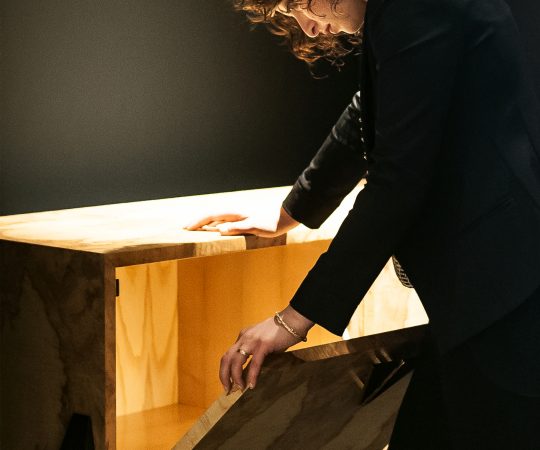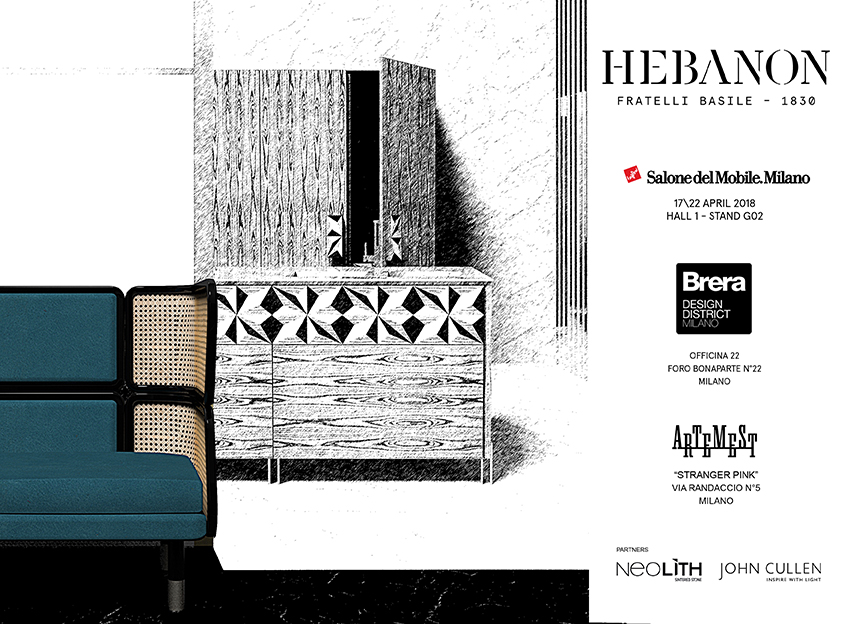Comfort and ergonomics: how spaces and objects change
Covid 19 has forcibly changed many of our habits and interaction with space, affecting our social relationships. Suddenly, we found ourselves confined to our homes, which had been used as hotels before the virus, and which now had to accommodate entire families with different needs for such an extended period of time. Inevitably, a number of critical aspects of living spaces have emerged, such as the lack of privacy and the inflexibility of the spaces, which will probably lead to a rethink of some of the environments we are used to: for example, open spaces, which are very much about conviviality, could be reconceived with the possibility of solutions that divide the space and modify it according to the specific use of each cohabitant, or the use of multifunctional furniture that can be changed if necessary.
In an interior design project it is necessary to focus attention on the relationship between space, people and objects, to find the balance between people’s needs and the space available. In this process, the role of the designer and that of design companies that have an internal ergonomics department, such as Hebanon FratelliBasile-1830, are fundamental and complementary. The aspects to be considered in the search for comfort are many and varied, such as people’s physical conformation, square meters, natural lighting and functional needs obviously, both current and future, paying attention to the performance of objects over time. We cannot have comfortable, safe homes if we have objects inside that break easily, contributing to increase emotional stress; otherwise durable, well-made objects silently perform their function. The materials we use to build our homes affect our physical and emotional health, so natural materials such as marble and wood, which have always been present in human history, not only help safeguard physical health because they contain no harmful substances, but also contribute to psycho-emotional wellbeing because of their ancestral and evocative value.
This pandemic has also raised awareness that beauty is an essential condition for the wellbeing of those who use the home and cannot be left to commercial style stereotypes. Beauty comes into play as a primary value of interior design, understood as a coherent synthesis of forms, materials, fullness and emptiness, capable of interpreting the needs but above all the soul of people, which is always different.
Maria Basile
Architect
Hebanon FratelliBasile-1830



